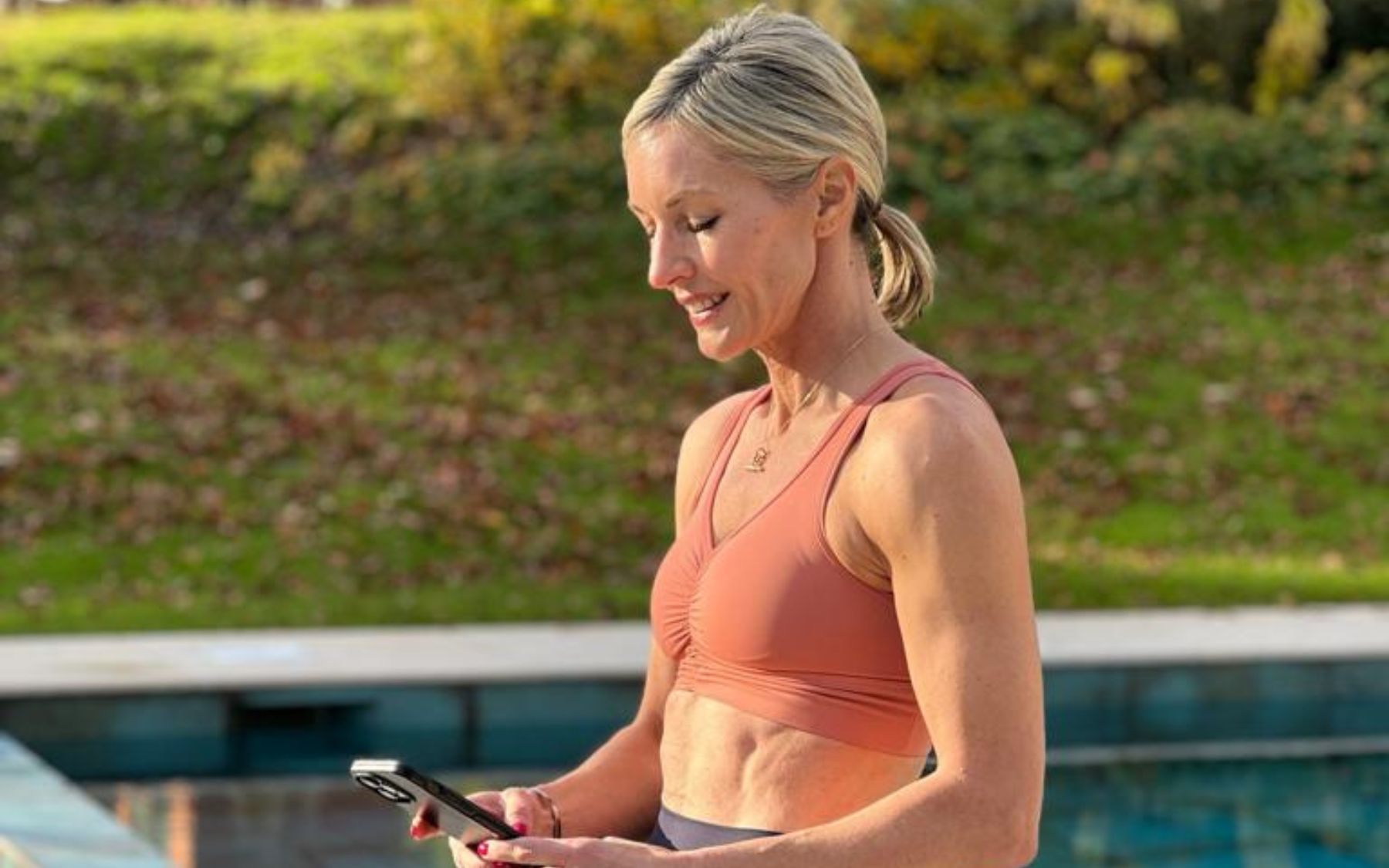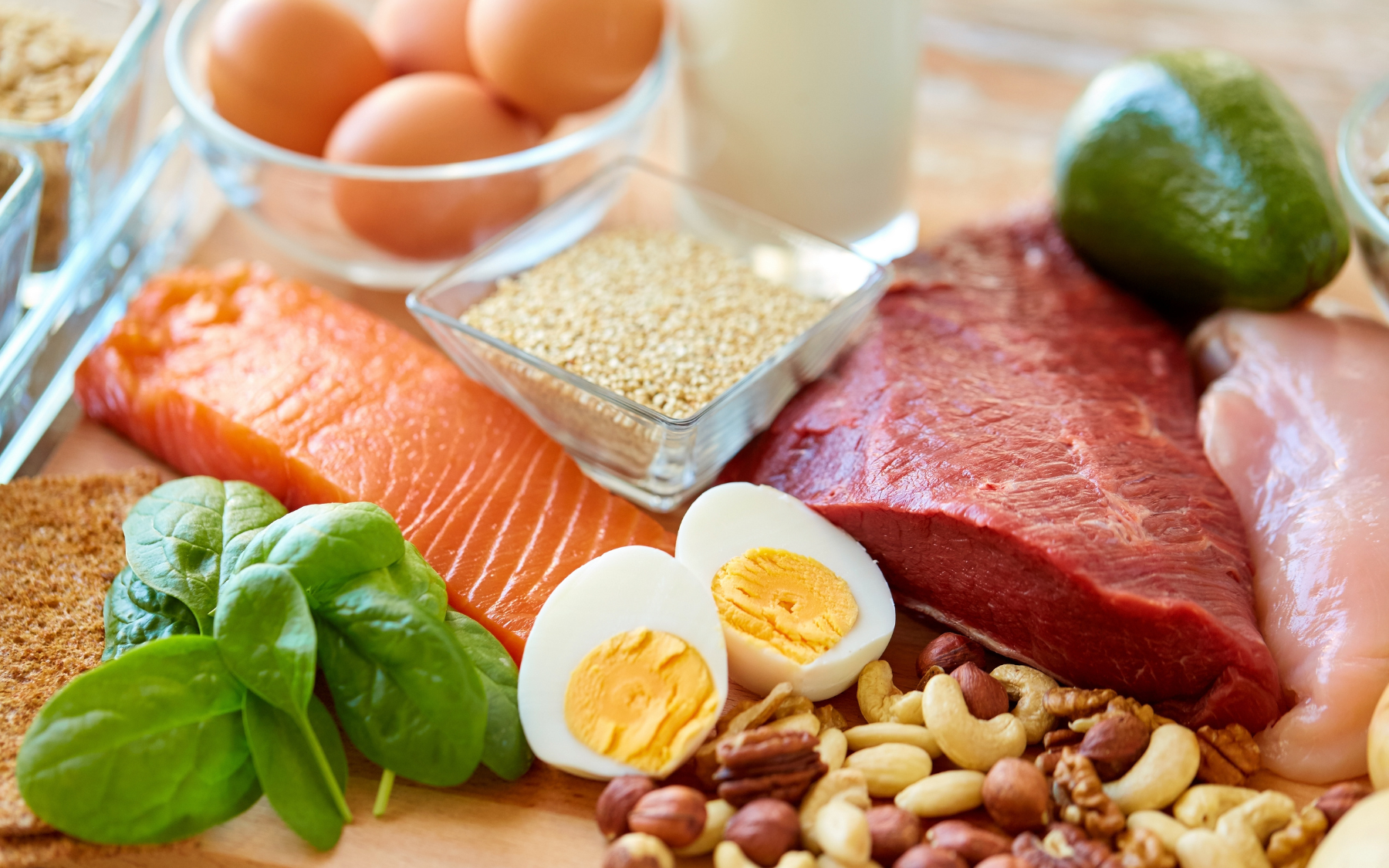The need for cardio (aerobic exercise) in addition to strength training depends on your fitness goals and overall health. Both types of exercise offer unique benefits, and incorporating a combination of both can contribute to optimum overall well-being.
Here are some considerations:
1. Cardiovascular Health: Cardio exercises, such as running, swimming, or cycling, are essential for maintaining cardiovascular health. They improve the efficiency of your heart and lungs, lower blood pressure, and help manage weight. Do not underestimate the benefits of walking too. You can also get many cardio benefits through certain types of strength training.
2. Weight Management: Cardio workouts can be effective for burning calories and supporting weight management. If weight loss or maintenance is one of your goals, combining strength training with cardio can be beneficial.
3. Endurance: Cardiovascular exercise enhances endurance, which can be valuable in various aspects of life. Whether you’re an athlete or simply want to improve your stamina for daily activities, incorporating cardio can be beneficial. There is also no substitute for running if you’re signed up for a marathon!!
4. Mental Health: Both strength training and cardio have mental health benefits. Cardio exercises are known to reduce stress, anxiety, and improve mood by releasing endorphins. Strength training also contributes to improved mental well-being.
5. Metabolism: Cardio can boost your metabolism, especially in the immediate post-exercise period. Strength training, on the other hand, can contribute to an increased resting metabolic rate over time as your muscle mass increases.
6. Time Efficiency: If time is a constraint, you can design your workout routine to include both strength training and cardio in a single session or alternate between them on different days.
Ultimately, the key is to find a balance that aligns with your goals, preferences, and overall health. If your primary goal is to build strength, you may not need as much cardio compared to someone aiming for improved cardiovascular fitness e.g. training for a marathon. In many cases, a balanced fitness routine that includes both strength and cardio training is ideal. This approach provides comprehensive health benefits, including improved cardiovascular health, muscle strength, flexibility, and overall fitness. The specific ratio of strength to cardio training can vary. Additionally, it’s essential to listen to your body and gradually progress in intensity to avoid overtraining and reduce the risk of injuries. For me, primarily strength training with a side of cardio always wins – walking daily is a gamechanger for me alongside my workouts for both its physical and mental benefits. Lifting weights is better for fat loss and building lean muscle but cardio shouldn’t be ignored, it has some great benefits and the two work very well in tandem! My advice (if you’re looking to tone up, build some lean muscle and improve your fitness) is to try doing a variety of both. 3-4 strength sessions per week alongside a couple of cardio workouts is ideal (of course with some mobility and stretching too if you can). It is also important to remember the nutrition side of things if you want to see results. Maintaining a healthy, balanced diet with plenty of fresh fruit and veg and protein as well as complex carbs will tick the boxes for hitting those goals you have set! And always, always take one if not two rest days.
As always, any questions please do get in touch.
Caroline x









